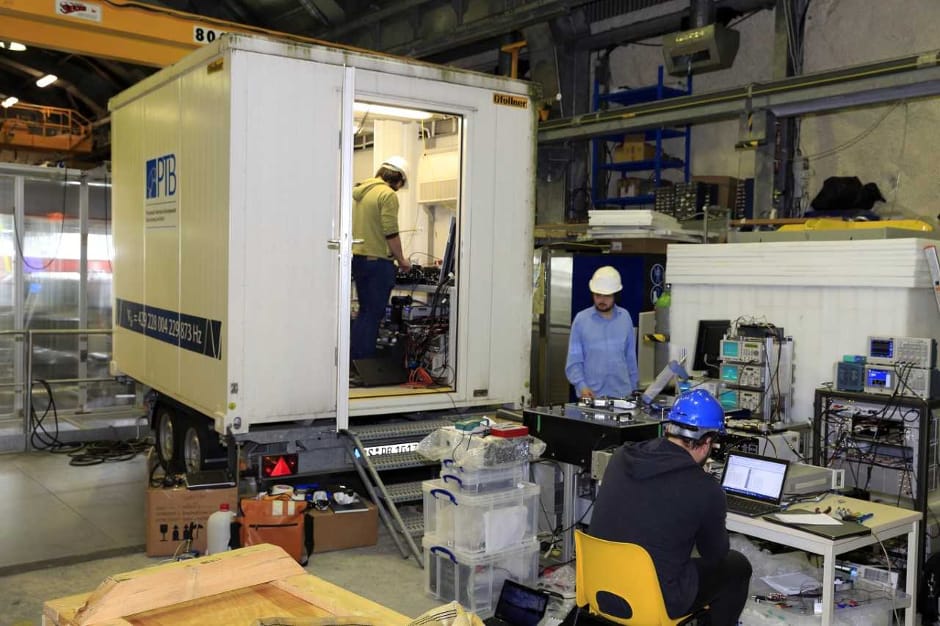Optical clock makes moves on fresh insights into Earth
Gravity has been measured with a transportable optical clock for the first time, opening up the possibility of more accurately mapping Earth’s surface.

A European team including researchers from the UK’s National Physical Laboratory carried out the experiment using one of the world’s only transportable optical atomic clocks.
According to Einstein’s Theory of Relativity, clocks closer to massive bodies run slower, meaning a clock at the bottom of a mountain will run more slowly than one at the top.
Optical clocks are now so precise that they are sensitive to these changes, meaning the technique can be used to accurately measure height differences as small as 1cm across Earth’s surface.
Unlike satellite-based measurements, which average the gravity potential over large distances, optical clocks can make measurements at specific locations. And with a transportable clock, these measurements can be taken at points of particular interest, according to Helen Margolis, fellow in optical frequency standards and metrology at NPL.
In this way, the technique could be used to monitor changes to Earth’s gravity potential caused by climate change, for example.
Register now to continue reading
Thanks for visiting The Engineer. You’ve now reached your monthly limit of news stories. Register for free to unlock unlimited access to all of our news coverage, as well as premium content including opinion, in-depth features and special reports.
Benefits of registering
-
In-depth insights and coverage of key emerging trends
-
Unrestricted access to special reports throughout the year
-
Daily technology news delivered straight to your inbox










Water Sector Talent Exodus Could Cripple The Sector
Maybe if things are essential for the running of a country and we want to pay a fair price we should be running these utilities on a not for profit...